The content of the article
Sooner or later, the moment comes when the family’s favorite is about to give birth. The event is significant and is waiting, and not only the cat herself is preparing for it, but also all members of the family. For a long time, everything has been prepared. Enough greenbacks were bought at the pharmacy and they were ironed with special care by a hot diaper. It remains only to wait for the most crucial moment. Finally, everything happened and ended safely. Now the owners' task is to monitor how the cat will recover from childbirth. After all, this period is very difficult, and no one has yet canceled it. In this regard, the important question will be how the cat will eat after childbirth, and the better it is fed.
Preparation for childbirth
A month before birth, the cat should not have any problems with nutrition. In preparation, she needs to eat intensely. But immediately before the birth itself, her appetite may completely disappear. This can be explained by the following reasons:
- All metabolic processes on the eve of childbirth slow down. The cat has no appetite, but it feels great, as if accumulating strength for the upcoming event.
- The effect of genetic memory. On a subconscious level, the cat begins to realize that childbirth will flow more easily on an empty stomach.
- In anticipation of childbirth, the body is subject to significant stress. A sense of self-preservation prevails, while suppressing appetite.
At the first contractions, the animal’s bladder is repeatedly emptied. This is because all the organs of the abdominal cavity are in a state of persistent spasm. Before the birth, the cat begins to experience a strong feeling of hunger. In addition, she is very thirsty. But do not follow up on these desires and feed the cat plentifully. This can only aggravate the birth process. You can, in extreme cases, give her some milk.
Before the birth, the cat feels an unusually significant surge of strength. She feels great, is pleased with everything that is happening around, but experiences a strong feeling of hunger. She reports this to others with intense meowing.
When the birth itself begins, the cat during this time not only consumes a sufficiently large amount of energy, but also loses a decent amount of fluid. At this time, she needs to provide free access to a sufficient amount of fluid. The cat must drink a lot. If necessary, a bowl of water is brought directly to its muzzle. Liquid is especially necessary for the cat after it licks the kitten. This will contribute to the production of milk.
Eating afterbirth
Some breeders do not welcome the process when the cat eats up the last. They fear a possible upset stomach. Probably, there is a certain share of truth in this, but to a greater extent this applies to artificially bred breeds. This obviously does not threaten ordinary cats in the yard.
In the wild, a cat usually gives birth to no more than 4 cubs. But this clearly does not apply to domestic cats. They may well bring 6 and even 8 kittens. She will certainly eat all the aftermaths. Here it is already worth taking care of the prevention of indigestion. For this purpose, the animal is given enterosgel or rice broth. In this case, it plays the role of a natural adsorbent.
Cat diet
As soon as the last kitten is born, intense uterine contractions can be observed in the cat.If there are no contractions within two hours, and the stomach remains soft, then the birth can be considered completed. After the cat eats the last afterbirth, it will be in its shelter for several hours and will not leave it. But, despite this, it is still necessary to offer the cat warm milk.
For about two weeks, the animal should only eat food that is easily digestible. Products must be natural and nutritious. If the cat asks for meat, then you can give it a little. Only boiled dietary meat should be given. Dry food is excluded from the diet. It contains too much salt and not enough water. But this does not apply to those animals that are prone to allergies, as well as British cats. For them, the diet can not be changed.
Two weeks later, the usual foods for the cat are added to the diet, but they do it gradually. If the postpartum period proceeds normally, without the presence of complications, then by the end of the second week the cat is completely restored. By this time, her kittens will grow up a bit. The animal at this time needs food with a sufficient content of minerals, since the bones at this time experience a significant deficit.
Various nutritional supplements can be used if prescribed by a veterinarian. If the cat’s ears are bent, this indicates that the animal’s body is deficient in calcium. When she feeds kittens, oil and low-fat cream are introduced into her diet. This must continue to be done 30 days after the termination of feeding the kittens with milk.
It must be said that there are no strict rules for feeding a cat after childbirth, but some recommendations should be followed:
- Only fresh food should be in the diet.
- Providing free access to a sufficient amount of fluid.
- Servings should be small, but should be fed frequently.
- If the veterinarian has prescribed a diet, then it must be strictly adhered to.
There should always be enough products. Fasting a cat after childbirth is contraindicated.
Healthy eating
The rules of healthy eating after childbirth, in principle, are no different from the period before they occur. Of course, certain amendments must be made, because now the pet is in the status of a nursing mother. During this period, the goal is triple in nature:
- The restoration of the forces that the animal spent on childbirth.
- Stimulation of milk production.
- Full satisfaction of increased energy costs.
Food should have sufficient nutritional value. The body of the animal must accumulate maximum strength. Do not forget that these births are far from the last in the life of a cat. She has yet to give birth in the future. The volume of food is subject to adjustment, although achieving this goal is not only due to the volume of nutrition.
The volume of a single meal and the entire daily diet depends on three factors:
- The number of kittens in the litter.
- The body weight of the animal itself.
- What age is the cat.
It was noted that in some cats, immediately after birth, appetite noticeably worsens. It can even go so far as the cat begins to completely refuse food. Other pets have dramatically changed gastronomic preferences. If before birth the cat did not eat raw fish at all, then after them she began to do it with pleasure. It is necessary to treat this with understanding and try to make the cat's diet as diverse as possible. A cat should always have a good appetite and everything must be done so that it is so.
During active lactation, the animal requires a large amount of fluid. Whether or not a cat is fed correctly or not can be understood by its appearance. After the kittens have become independent, the cat should weigh as much as before birth. Such indicators, of course, can be observed ideally.
Artificially stimulate lactation
To enhance the effect, anise broth should be added to the products. You can use oregano, lemon balm. It will be enough ode a teaspoon. Do not forget that cats have a very delicate sense of smell. Therefore, a concentrated solution is not given, but diluted with water. Decoctions should not have a taste of bitterness, otherwise the cat will not eat such products.
In conclusion, it should be said that we should not forget about vegetables. They are a source of vitamins that are vital for the animal in such a crucial period.
Video: caring for a pregnant and lactating cat

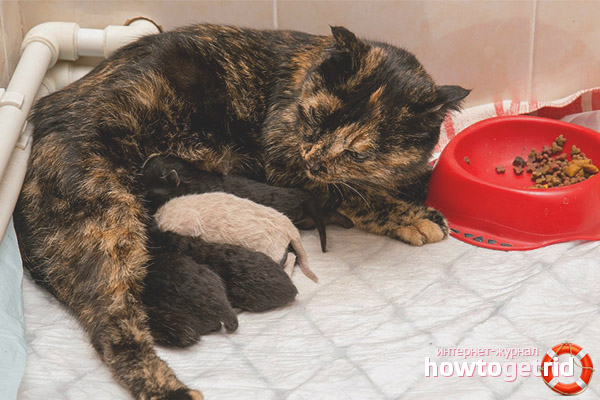
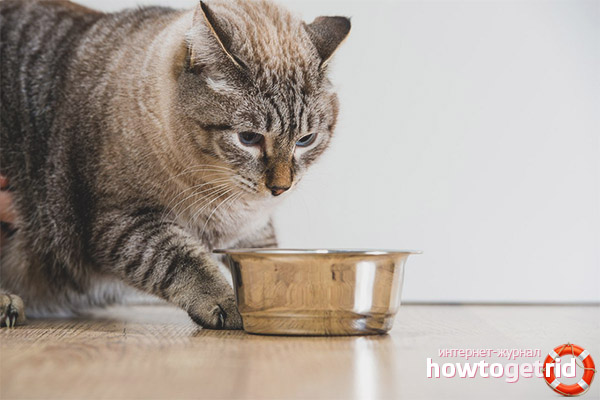
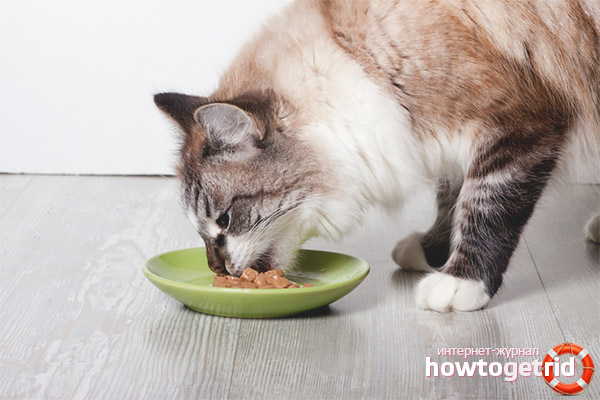



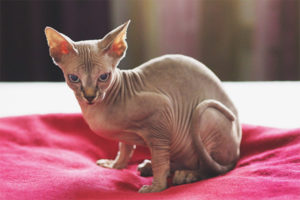
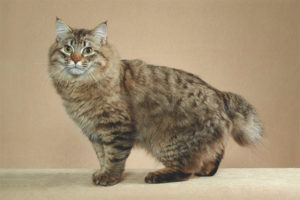
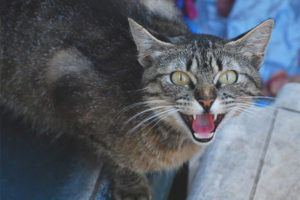
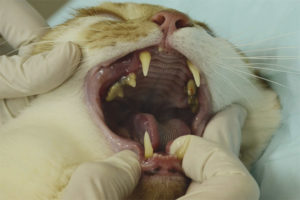
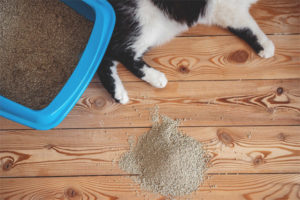
Submit